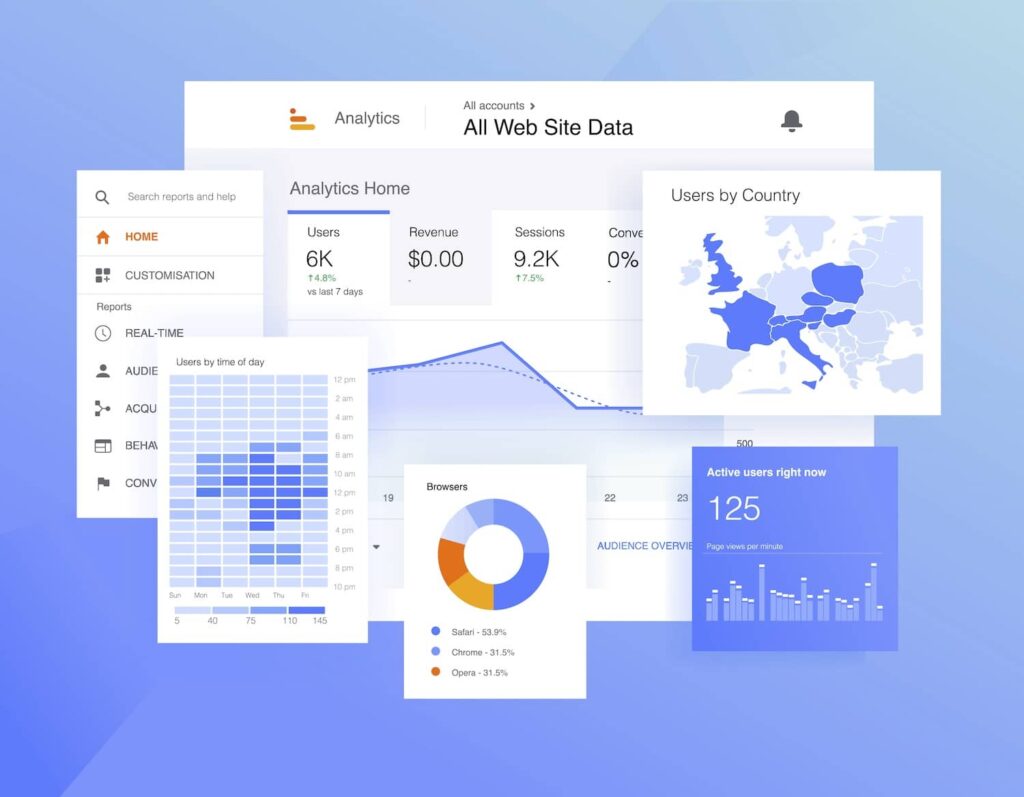Understanding Secondary Dimensions in Google Analytics: What is a Secondary Dimension and How It Enhances Data Analysis
Wiki Article
Revealing the Effect of Additional Dimension in Google Analytics on Data Analysis and Insights
In the world of data analytics, the usage of additional dimensions within Google Analytics has arised as a crucial device for removing much deeper understandings and unraveling complex patterns that may or else stay covered. By peeling off back the layers of main data sets, additional dimensions use a nuanced point of view that enhances the understanding of individual behavior, website efficiency, and the effectiveness of advertising approaches. However, real influence and untapped capacity of second dimensions are often underestimated, eclipsed by the allure of main metrics. As we browse through the complex landscape of information analysis, the value of secondary measurements becomes increasingly evident, clarifying essential details that hold the key to educated decision-making and calculated optimizations.Discovering the Idea of Additional Measurements
Secondary measurements in Google Analytics offer added insights by allowing customers to evaluate primary information in conjunction with a second quality. By incorporating secondary measurements, individuals can dig deeper into the information and uncover beneficial connections that may or else go unnoticed - what is a secondary dimension in google analytics.Recognizing the concept of additional measurements is vital for making the most of the possibility of Google Analytics. It allows individuals to sector data properly, identify patterns, and make educated decisions based upon a much more complete photo of their analytics data. By exploring the various additional measurements readily available in Google Analytics, users can open brand-new understandings and enhance their electronic advertising and marketing efforts. Fundamentally, additional dimensions act as an effective device for improving information evaluation and driving actionable results.
Enhancing Data Analysis With Second Dimensions
Having actually established the fundamental understanding of second dimensions in Google Analytics and their crucial role in information analysis, the focus currently moves towards leveraging these second credit to enhance the analysis of analytics data (what is a secondary dimension in google analytics). By including second measurements right into data evaluation, analysts can gain much deeper insights right into user habits, web site performance, and advertising and marketing performance

Additionally, secondary measurements aid in contextualizing key data metrics by offering additional layers of details. This contextualization help in recognizing the 'why' behind the information fads, helping experts make notified optimizations and choices to boost total performance. Ultimately, incorporating secondary dimensions enhances the information analysis procedure, causing even more purposeful insights and tactical activities.
Uncovering Hidden Insights Via Additional Measurements
Checking out visit this website the depths of analytics information with secondary dimensions discloses important insights that would otherwise continue click here for more info to be obscured. By including additional measurements in Google Analytics, organizations can discover hidden patterns, patterns, and correlations that supply a more thorough understanding of individual habits and web site performance. These added layers of information permit analysts to delve deeper into the primary measurements, such as traffic resources or touchdown web pages, and acquire an extra nuanced perspective on exactly how various variables connect with each other.With the usage of second dimensions, analysts can sector and compare information throughout various dimensions, allowing them to identify certain elements that influence individual involvement, conversion rates, and total success metrics. By combining the main measurement of 'gadget classification' with the additional measurement of 'age group,' marketing experts can determine which age demographics prefer accessing the website through mobile tools versus desktop computers. This degree of granularity encourages organizations to make data-driven choices and maximize their strategies for far better results. Ultimately, discovering concealed understandings through additional measurements enhances the deepness and accuracy of information evaluation, resulting in more enlightened decision-making and improved performance results.
Leveraging Secondary Dimensions for Actionable Analytics
Structure upon the understandings revealed via second dimensions in Google Analytics, businesses can currently harness this enriched data landscape to drive actionable analytics and calculated decision-making. By leveraging additional measurements, organizations can dive deeper right into their data to draw out valuable patterns, patterns, and correlations that might have previously gone unnoticed. This deeper degree of analysis makes it possible for organizations to get a much more comprehensive understanding of customer habits, project performance, and overall internet site efficiency.One secret benefit of utilizing additional measurements for actionable analytics is the ability to sector data based on certain criteria. This segmentation enables organizations to tailor their campaigns and methods to various audience teams, bring about much more targeted and efficient marketing efforts - what is a secondary dimension in google analytics. Additionally, additional measurements give a more holistic view of individual communications, enabling companies to enhance their website see this website material, style, and overall customer experience
Maximizing Decision-Making With Secondary Measurements
To boost calculated decision-making in analytics, leveraging additional dimensions in Google Analytics can supply a more nuanced viewpoint on user actions and project efficiency. By incorporating second dimensions right into information evaluation, services can dive much deeper right into the specifics of their web site visitors' interactions and engagement patterns. This additional layer of details enables an extra thorough understanding of just how various variables, such as demographics, tools, or website traffic resources, impact crucial efficiency indications.
Final Thought
To conclude, making use of additional measurements in Google Analytics plays a critical duty in boosting information evaluation and uncovering surprise understandings. By exploring this concept, one can acquire a much deeper understanding of user habits and make educated decisions based upon actionable analytics. Leveraging additional measurements allows for an extra comprehensive analysis of information and makes best use of the efficiency of decision-making procedures.
Report this wiki page